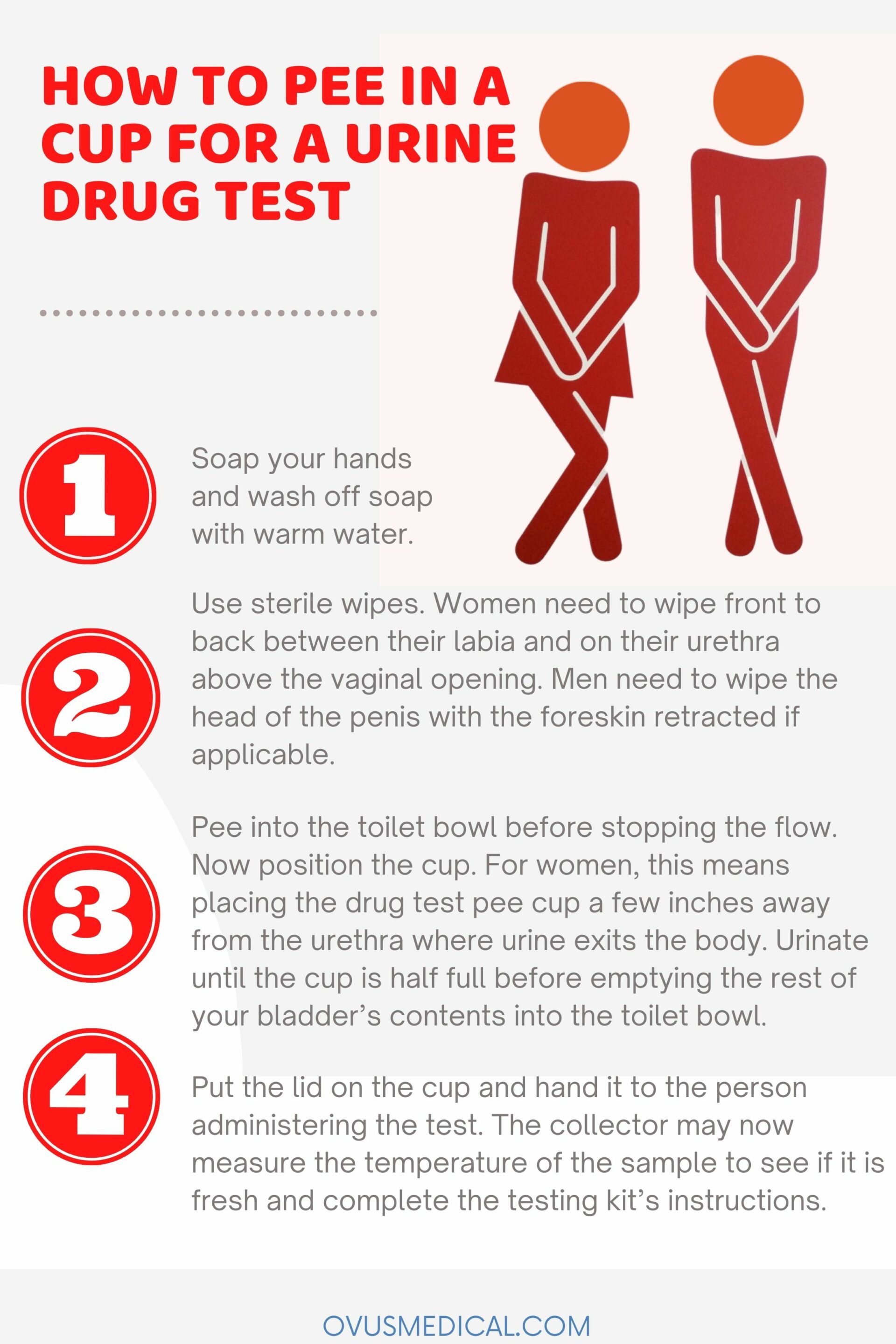With the opioid epidemic in full swing, America is facing one of the greatest public health crises in its history. The urine drug test is now par for the course. When drugs break down, they leave traces in urine. Urine drug tests are the most common drug screening method in the United States, used everywhere from homes to schools to prisons and drug treatment programs. Federally regulated programs use only urine samples.
And in the age of COVID, urine drug tests are going virtual in some cases. In this blog post, we highlight the information you need to know about commercial and at-home urine drug tests.
What Is the Purpose of a Urine Drug Test?
Urine drug tests are excellent tools in a rehab center’s quest to help patients reach their health goals. But there are other uses for urine toxicology screens beyond recovery programs.
Perhaps you need to check athletes in your college program for performance-enhancing drugs. Or you run a company employing people in safety-sensitive roles, and drug tests are part of your standard operating procedures.
Basic urine drug screens (UDS) test for legal and illegal drugs and generally look for five or six main types of drugs such as:
- Amphetamines
- Cocaine
- Marijuana
- Opiates
- Phencyclidine (PCP)
While a urine drug test with five or six panels are the norm, tests that can confirm the presence of many more drugs in a donor’s system are available too. Ovus Medical provides urine drug tests with up to 16 panels to accommodate your needs or the demands of your organization. These additional drugs can include:
- Barbiturates
- Benzodiazepines
- Ecstasy
- Methadone
- Methamphetamines
- Methaqualone (Quaaludes)
- Propoxyphene
Multi-drug urine test cups may also test for alcohol, or synthetic cannabinoids.
How Do Urine Drug Tests Work?
Our urine drug tests use SAMHSA cutoff levels to determine whether a sample is negative or positive. The results appear in about five minutes. If enough of a drug’s byproducts are present, the test result will be positive.
These immunoassay tests are 99% accurate, so false positives and false negatives are rare but possible. Over-the-counter meds, foods such as poppy seeds, CBD products and taking prescription meds as prescribed may trigger false positives. In these situations, it’s necessary to do follow-up lab quantitative tests that look at drug levels more precisely.
Different drugs have different windows of detection. If you’re checking for a specific drug, you need to know its approximate half-life and clearance rate. This knowledge enables you to time tests optimally and thus prevent false negatives.
For example, cocaine is detectable in urine about two to four days after consumption. Test too soon or too late and consumption can go under the radar.
How fast drugs pass through a body also depends on factors such as general health, metabolism, age and the drug dosage taken.
What Are the Advantages of Using Urine Drug Tests?
- Urine drug tests have been the focus of numerous scientifically sound studies, more than any other drug testing method. As a result, these tests are reliable.
- Point-of-care tests (POCTs) are quick and readily available at low costs.
- Urine drug tests require biological samples that are non-invasive and easy to obtain, unlike blood tests. There’s no risk of infection, and you don’t need to be concerned about poor access to veins.
How to Pee In a Cup For a Urine Drug Test
Urine drug tests can be a bit challenging for sample donors and technicians. So we have a few tips that can make this step go a bit more smoothly.
For starters, if you’re a donor follow any prepping instructions given to you by a formal facilitator. Disregarding these suggestions could mean having to redo the test.
We recommend that all sample donors refrain from urinating in the hours before a planned test. You don’t want to find yourself unable to produce the necessary amount of urine for a valid test.
As a donor, you can’t take any items into the bathroom besides the clothing you are wearing. Collectors need to check clothing for any concealed means of tampering. To prevent sample dilution, technicians may add dyes to water in cisterns and toilet bowls.

The clean-catch method is a hygienic way to capture specimens.
- Soap your hands and wash off soap with warm water.
- Use sterile wipes. Women need to wipe front to back between their labia and on their urethra above the vaginal opening. Men need to wipe the head of the penis with the foreskin retracted if applicable.
- Pee into the toilet bowl before stopping the flow. Now position the cup. For women, this means placing the drug test pee cup a few inches away from the urethra where urine exits the body. Urinate until the cup is half full before emptying the rest of your bladder’s contents into the toilet bowl.
- Put the lid on the cup and hand it to the person administering the test. The collector may now measure the temperature of the sample to see if it is fresh and complete the testing kit’s instructions.
Where ‘shy bladder syndrome’ is an issue, consider whether another testing method such as an oral swab might work well.
Contact Ovus Medical for High-Quality Drug Testing Solutions
Our point-of-care drug test and urinalysis cups are FDA-approved and available at major retailers such as Walmart. Leak-proof and with no-drip lids, our urine drug test cups make routine screenings a cinch.
For more info about multi-drug test cups, strips, dip cards, free samples or saliva swabs, get in touch. Ovus Medical offers exceptional customer service, fast shipping and the best rates in the country, including wholesale prices for bulk orders.
Buy Drug Tests Here

